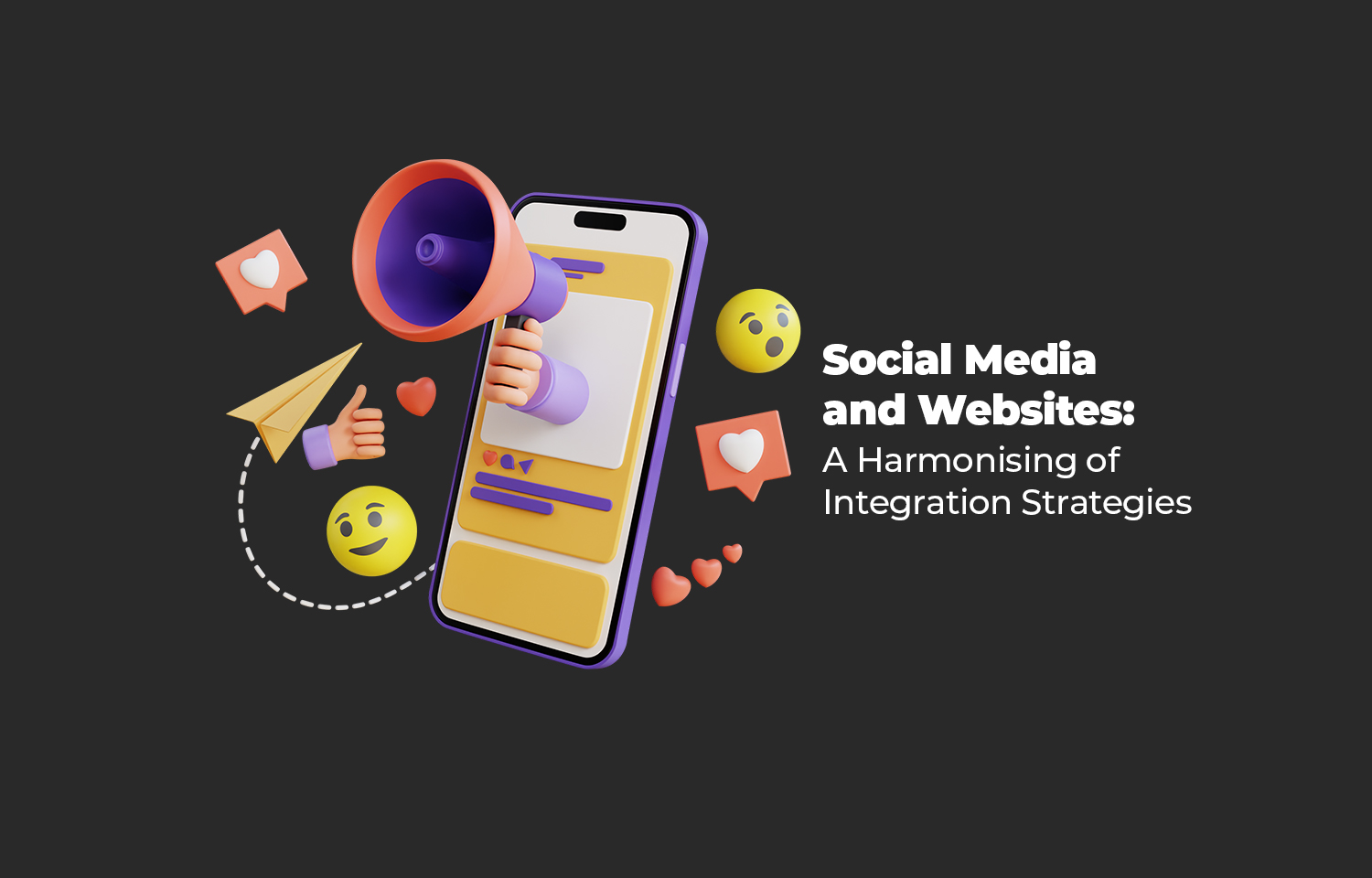
Social Media and Websites: A Harmonising of Integration Strategies
Digital innovation has transformed how we communicate, interact, and share information. A crucial part of this revolution, social media, is increasingly playing a central role in businesses’ digital strategies, weaving itself into the fabric of their online presence. As a result, integrating social media into your website is no longer a ‘nice to have’ but a fundamental element of the contemporary digital landscape.
Through myriad ways, businesses and organisations can enrich their websites with social media integration, reaping the benefits of improved reach, engagement, and conversions. This article will guide you through strategies and techniques to effectively integrate social media into your website, keeping the conversation alive and creating a thriving online community.
Social Sharing Buttons
At its most basic, social media integration allows users to share content directly from your website to their social media profiles. Adding social share buttons – those small, clickable social media icons – is a simple yet powerful way to facilitate this. It helps boost website traffic, increase brand exposure and augment user engagement. But don’t just stop at blogs or news sections; consider adding sharing buttons to your site’s product pages, landing pages, and other relevant areas.
Embed Social Media Feeds
A step beyond simple share buttons is directly embedding your social media feeds onto your website. Whether it’s a Twitter feed, Instagram, TikTok, or Facebook updates, this integration can make your site more dynamic and engaging. It gives visitors a peek into your social media presence without requiring them to leave your site. However, be judicious with this strategy, as a constantly updating Twitter feed might only be the best fit for some websites.
User-Generated Content
User-generated content (UGC) is a gold mine for businesses. Featuring content created by your customers, such as reviews, testimonials, or photos, increases your brand’s credibility and encourages more user interaction. Platforms like Instagram make creating a curated feed of user-generated content relatively easy. Be sure to ask permission before using UGC, and always give credit to the original creators.
Social Login Options
A seamless user experience is paramount for keeping visitors engaged on your website, and social logins can contribute to this. By allowing users to register or sign in using their social media accounts, you simplify the process, potentially increasing sign-up rates. Be aware, however, of potential privacy concerns; not all users are comfortable linking their social profiles to other services.
Social Media CTAs
Integrating calls-to-action (CTAs) that direct visitors to your social media pages is another simple yet effective method. These can be a part of the website’s header, footer, or strategically placed within the content. Examples include: “Follow us on Instagram for daily inspiration” or “Join our Facebook community for support.”
Social Proof and Influencer Testimonials
Showcasing testimonials from influencers in your industry or positive reviews from social media can bolster your brand’s credibility. This form of social proof can be a powerful motivator for potential customers. Consider embedding these testimonials or creating a dedicated ‘Reviews’ or ‘What People Are Saying’ section on your site.
Live Social Media Integration
As social media platforms like Facebook, Instagram, TikTok and Twitter continue innovating, new live integration opportunities appear. Features like Facebook Live and Twitter Spaces allow you to stream content directly on your site, creating an interactive experience beyond simple content sharing.
Chatbots and Direct Messaging
Finally, pay attention to the potential for direct messaging integration. Features such as Facebook Messenger chatbots can be integrated into your site, providing instant communication with your visitors. While not strictly ‘social media’, this strategy still harnesses the power of these platforms for customer engagement.
The art of integrating social media into your website lies in understanding your audience and the platforms they frequent. Then, leveraging the right combination of strategies creates a seamless, engaging, and interactive user experience. In the era of the digital revolution, a website isn’t a standalone entity anymore but rather a part of an interconnected web of social interaction and engagement.

Article by Karen
Related posts
Empowering Teams Through Learning
Think about the last time you picked up a new skill. Were you amazing at it right away? Or did you m
Creativity for Creativity’s Sake
AI is rapidly advancing, and creatives across various fields are grappling with the question of how
Generative and Retrieval AI: A Modern-Day Librarian’s Tale
In recent months, the media has been somewhat obsessed with artificial intelligence (AI) and its tra



